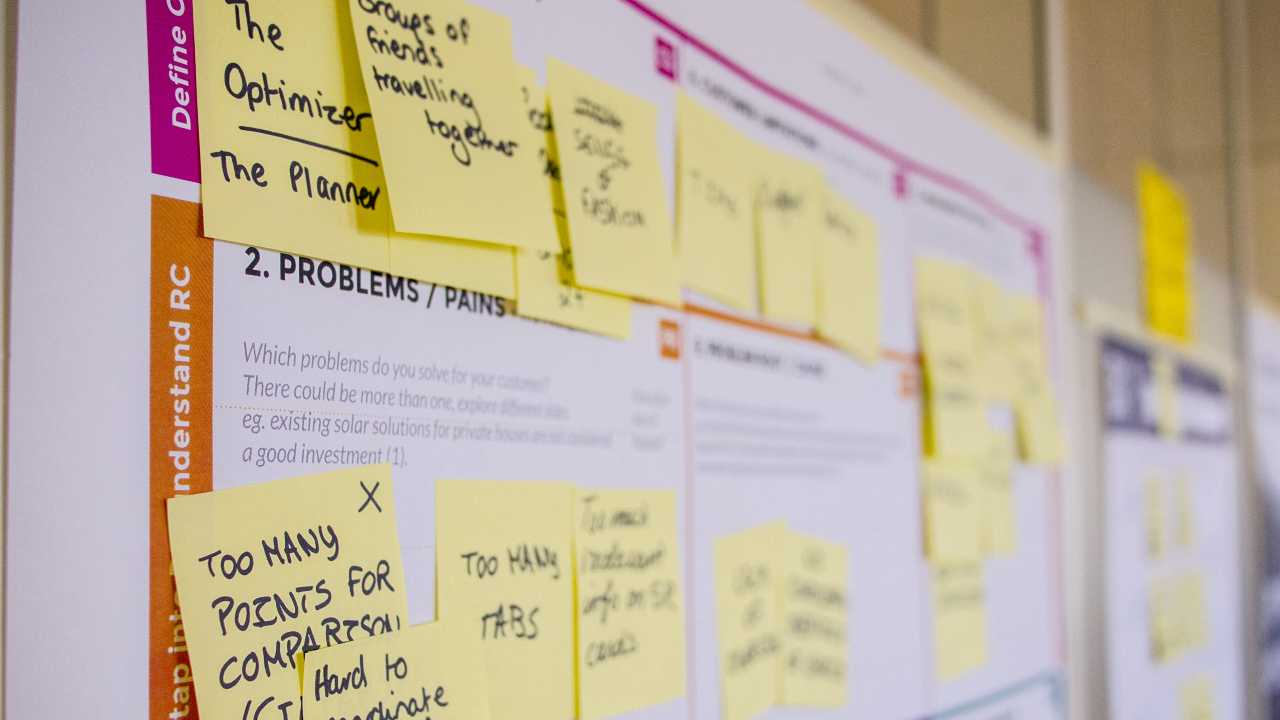
In Deloitte’s 2019 Global CPO Survey, 53% of the 481 top procurement leaders surveyed reported that they are not satisfied with the results of digital technology implementations within their organizations. Why is it still so hard to get a Procurement digital transformation right? I think this is due to two main factors.
First, the general maturity of the Procurement technology market. All the big “best of breadth” Source to Pay software providers (SAP Ariba, Coupa, Ivalua, Jaggaer, etc.) are still developing their solutions at full speed. Loads of functionality is released every year. This tells us providers are still playing catch up to support a wide array of existing complex requirements in Procurement organizations in all industries. If they were developing functionalities to support novel use cases (e.g. leveraging Artificial Intelligence or Blockchain), the pace of releases would be slower. True “innovation” takes time.
This is important because it means any approach that relies on a single vendor will result in gaps. However, this is not what vendors would have you believe during the sales process. You can’t really blame them as they face a prisoner’s dilemma when pitching potential customers – If their solution is not marketed as the best on the market, their competitors’ solutions certainly will be. This creates a lack of transparency for organizations that complexifies making good decisions.
Second, the tendency for organizations to equate digital transformation with software implementation. If you, for example, launch a digitalization initiative for your requisition approval processes without first looking at organizational structure harmonization, process/workflow optimization, data governance and identity/user management, you will quickly run into trouble. Instead of having transformed your legacy procurement processes with the help of digital tools, you will have digitalized your legacy processes (and all current exception management efforts). The nuance is a subtle one but it is the difference between success and failure in these types of endeavours.
So how can you pull off a successful digital transformation in procurement on the first try? Here are 6 rules to consider:
1. Catalog, Understand and Optimize Your Organizational Structure and Processes Before Thinking About a Tool
Whether it be for sourcing, contract management, purchasing, receiving or accounts payable, you should take stock of your organization structure and the complete list of processes executed by each business unit. What differences exist? Are they justified by specific requirements or could structures and processes be harmonized? Working on process harmonization before implementing a tool will minimize your configuration/development costs. All units will be able to execute similar processes in the new solution. If you can’t harmonize, you will know why and can plan accordingly.
2. Data First, Technology Second.
If you don’t have a handle on the rules and processes (creation, changes, approvals, etc.) governing your key Procurement data (vendors, prices, catalogs, payment terms, materials, etc.), this is something you should address before introducing new technology into the picture. Data quality is essential to extracting the full benefits of a Source to Pay solution. Furthermore, high data quality is only possible when owners are identified, made responsible of data items and measured on data quality metrics for those items. Otherwise, you will find yourself in a Ferrari with no tires. You can still drive it on the rims but the ride is definitely not what you had envisioned at purchase!
3. Buy for Functionality and Total Cost of Ownership (TCO), Not for Lowest Up Front Price
When comes the time to think about software, do your research and trust your instincts. Yes, the typical RFI process can be useful but is not sufficient. Find ways to see the software on your short list vendors in action in other companies. Ask questions to identify the gaps vs. the processes you’ve catalogued previously. Which modules will work for you? Which ones will come up short? Involve IT to consider the context of your ERP architecture.
Be realistic and only select the package of modules that will work for you from a “best of breadth” vendor. For the rest, I advise you go the “best of breed” route. This approach will probably cost you more on paper from a license fee perspective but you can be sure that the total cost of ownership (TCO) will be higher if you use a single solution. After implementation, you will struggle for years to try to make the square peg fit in a round hole.
4. Start Your Software Implementation Slowly
Once you’ve secured your software licenses, take your time to implement. Again, it will be more expensive on paper to do it this way but less expensive than having repeated delays and project reboots. Organizations regularly overestimate their capacity to adopt change; especially if they haven’t migrated to new systems in a recent past. Implementing new IT systems is like transferring passengers from one plane to another while both planes are flying… Easier said than done. A great place to start is with Sourcing and/or Contract Management modules. These solutions usually involve smaller populations of users and allow your Procurement digital transformation team to cut its teeth before attacking more complex, integration heavy modules such as catalog management, purchasing, goods receiving, invoice management, etc.
5. Build Experience into Your Transformation Team
Ideally, when preparing for a multi-year digital transformation initiative, you should try to recruit team members with previous experience in Procurement digital transformation. This will give your organization instant maturity that will serve you well as you run into issues during solution deployment. Experience on the specific technology you are implementing is a plus but not essential. You are looking for reflexes. Just make sure that from a timing perspective, you give these new additions to your team enough time (ideally 12 to 18 months) to assimilate your business before they are tasked with designing its future.
6. Begin with the End in Mind
Once you’ve “switched passengers from one plane to another” and deployed your new system, who will be the flight crew? Who will be the maintenance crew? Before designing a system, you should have an idea of what your operations will look like once it is deployed. A new system means new types of tasks to support and maintain the applications you’ve deployed. The folks who will execute administrative tasks related to the tool should be involved in the project from the beginning to start climbing their learning curve early.
Conclusion
Of course, there are other factors to think about as you start a digital transformation journey. However, by nailing down these 6 main ones, you’re much likelier to find yourself in the “satisfied CPO” column the next time a digital transformation survey is sent your way.
———————————
Do you see any rules to add to this list? Do you disagree with any of my rules? Why? Let me know in the comments.
If you liked this post, why not Subscribe
Last Updated on January 4, 2021 by Joël Collin-Demers



2 thoughts on “6 Rules for Your Procurement Digital Transformation”
Great article Joel, I would probably create a 7. Keep the ship steering in the right direction or do not get distracted by the overabondunce of various functionalities . I feel that we lose or forget the original requirement when doing a digital transformation so it is always nice to remember what we were trying to accomplish before the implementation as well as having metrics available to the implementation team of the results in which the transformation improved it!
That’s a good one. Keep your original objectives in mind!
There’s probably a few more… I Originally wrote this for a magazine and there was a word limit so I didn’t go to the end of my thoughts! haha
Perhaps at a later date. Thanks for reading.